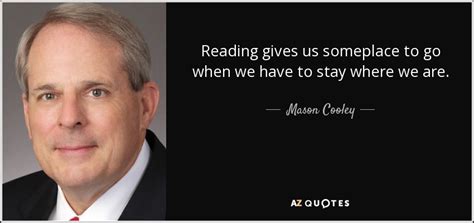Top 107 Quotes & Sayings by Sam Kean
Explore popular quotes and sayings by an American writer Sam Kean.
Last updated on September 20, 2024.
Those of us raised in modern cities tend to notice horizontal and vertical lines more quickly than lines at other orientations. In contrast, people raised in nomadic tribes do a better job noticing lines skewed at intermediate angles, since Mother Nature tends to work with a wider array of lines than most architects.
The idea of critical windows extends beyond just vision, of course: almost every system in the brain has a critical window when it needs to experience certain stimuli, or it won't get wired up properly. The most obvious example is language: if you don't learn a language early on, it's nigh impossible to become truly fluent.
A long iron rod rocketed straight through the very forefront of Phineas Gage's brain. It's kind of an unusual part of the brain: you can suffer pretty severe injuries to it and often walk away from the injury. It's not a part of the brain that's necessarily vital for your biological self. But it is very important for personality.






















